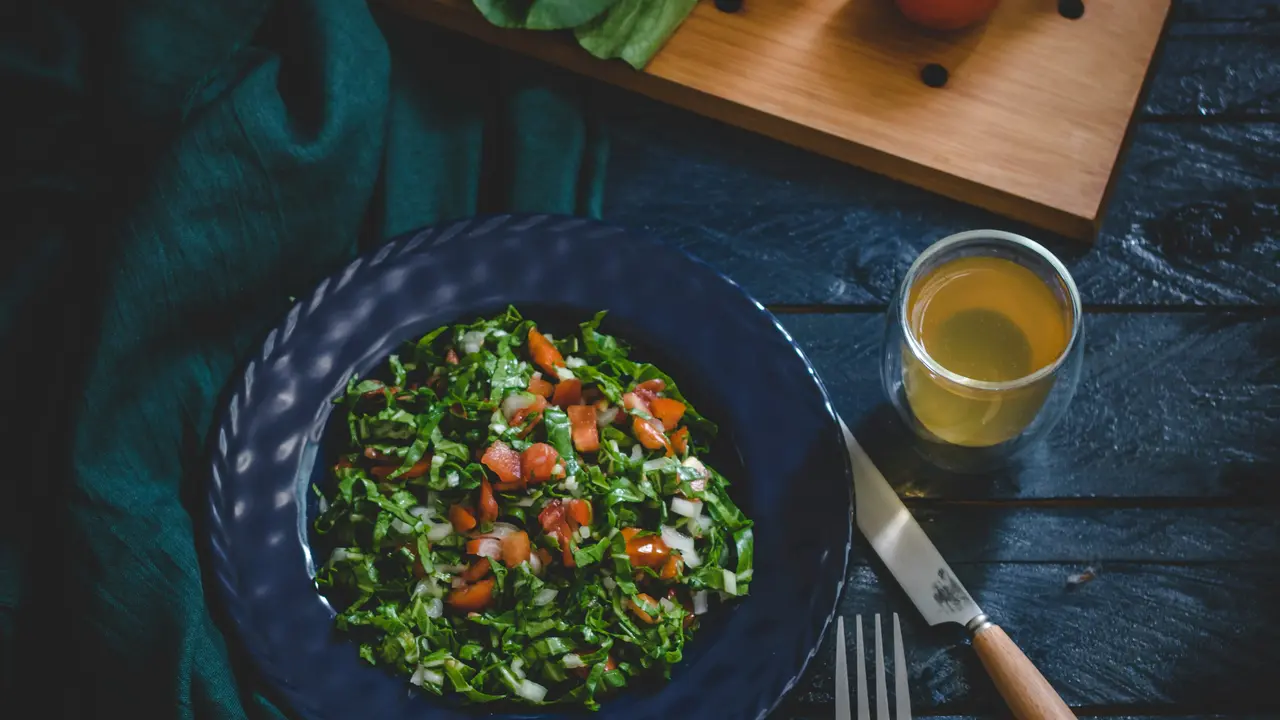Are you curious about how much protein does pork chops have? You’re not alone! Pork chops are a delicious and versatile option for many meals, but understanding their nutritional value is key for a healthy diet. In this article, we’ll delve into the protein content of pork chops, their health benefits, and how they compare to other protein sources. Read on to discover the truth!
Understanding Protein Content in Pork Chops
What Makes Pork Chops a Great Protein Source?
Pork chops are not only flavorful but also packed with essential nutrients. The protein content in pork chops varies based on factors such as the cut, cooking method, and whether the meat is boneless or bone-in. Typically, pork chops contain around 26 grams of protein per 3-ounce serving, making them a solid choice for those looking to boost their protein intake.
Comparing Protein Content Across Different Cuts
When considering how much protein does pork chops have, it’s important to note that there are different cuts available. Here’s a quick comparison of a few common cuts:
- Bone-in pork chop: Approximately 25 grams of protein per 3 ounces.
- Boneless pork chop: Around 28 grams of protein per 3 ounces.
- Pork loin chop: Roughly 27 grams of protein per 3 ounces.
As you can see, boneless cuts tend to have a slightly higher protein content, making them an excellent choice for those focusing on protein consumption.
Health Benefits of Eating Pork Chops
Pork Chops and Essential Nutrients
Aside from being a fantastic protein source, pork chops also provide vitamins and minerals that contribute to overall health. These include:
- Vitamin B6: Important for metabolism and brain health.
- Zinc: Supports the immune system and promotes healing.
- Selenium: An antioxidant that helps protect against cellular damage.
This combination of nutrients makes pork chops not only delicious but also beneficial for maintaining a balanced diet.
Protein and Muscle Building
If you’re aiming to build muscle or maintain a healthy weight, understanding how much protein does pork chops have is crucial. The high biological value of pork protein means that it contains all the essential amino acids required for muscle repair and growth.
Including pork chops in your meal plan, combined with regular exercise, can support your fitness goals effectively.
Cooking Tips to Maximize Protein Retention
Choosing the Right Cooking Methods
To keep the protein content intact and enhance flavor, consider these cooking methods:
- Grilling: A healthy option that allows excess fat to drip away.
- Baking: Retains moisture and flavor without adding calories.
- Pan-searing: Provides a golden crust while keeping the meat juicy.
Avoid overcooking, as this can lead to protein degradation and tough meat. Aim for an internal temperature of 145°F for optimal tenderness and safety.
Pairing Pork Chops with Other Protein Sources
For a well-rounded meal, consider pairing pork chops with other protein sources. Options may include:
- Legumes like black beans or lentils.
- Quinoa or farro for a whole grain boost.
- Leafy greens for added vitamins and minerals.
These combinations not only diversify your protein intake but also enhance the overall nutritional profile of your meal.
How Pork Chops Compare to Other Meats
Pork Chops vs. Chicken Breast
When assessing how much protein does pork chops have compared to other meats, chicken breast is a common reference point. Chicken breast contains about 31 grams of protein per 3-ounce serving, while pork chops have 25-28 grams. However, pork chops often contain more fat, which contributes to their rich flavor.
Pork Chops vs. Beef
Comparing pork chops and beef, say a sirloin steak, reveals that steak typically has around 26 grams of protein per 3 ounces. While very similar in protein content, the choice between the two can depend on individual dietary preferences and health goals.
Conclusion
In summary, pork chops are a delicious and nutritious option that offers about 25-28 grams of protein per serving. They not only provide essential nutrients but also support muscle health and overall well-being. By choosing appropriate cooking methods and pairing them with other healthy foods, you can enjoy the full benefits of this versatile meat. If you found this information helpful, share it with your friends and explore more of our articles on healthy eating and nutrition!
Protein – Recent Articles
- How Much Protein in a Five Guys Burger? Find Out Now!
- Which Statement Describes a Characteristic of Highly Protein Bound Drugs?
- Is High Protein Dog Food Good for Dogs? Discover the Truth!
- How to Mix Protein Powder Without a Shaker: Easy Tips!
- Can You Buy Protein Powder with EBT? Find Out Now!
Protein – Useful Links
- Harvard T.H. Chan — The Nutrition Source: Protein
- Nutrition.gov — Proteins
- USDA FoodData Central
- Protein Information Resource (PIR / UniProt related resource)
- HelpGuide — Choosing Healthy Protein
